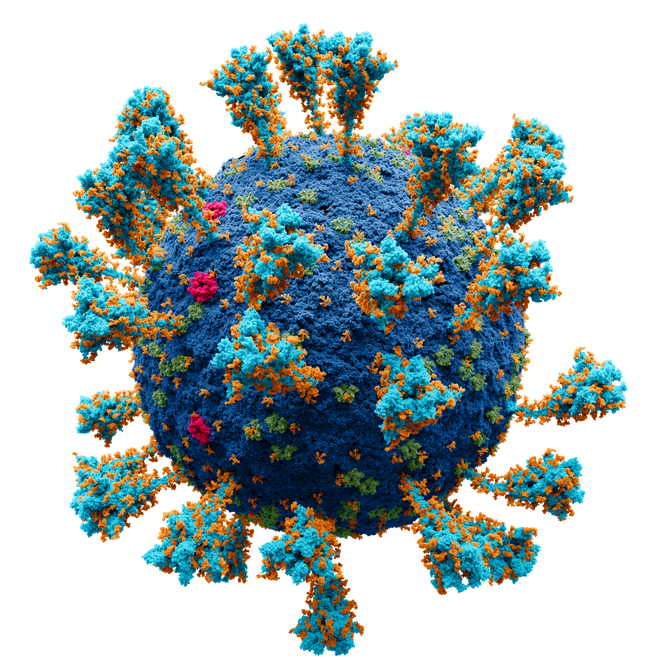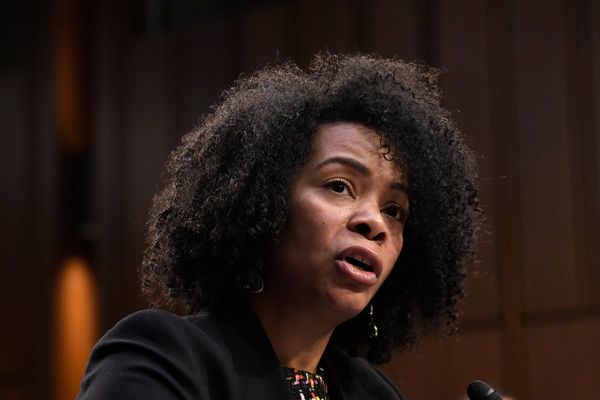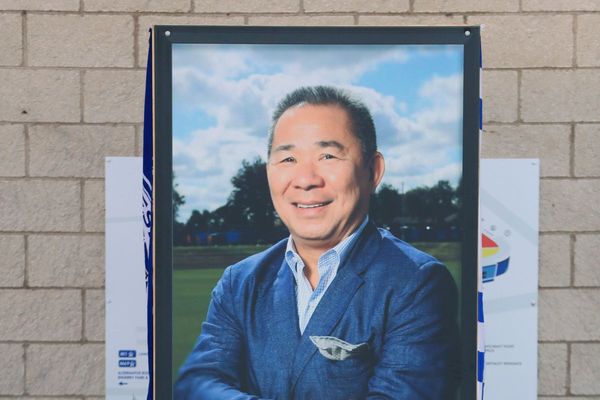Questions:
1. On January 30, 2020, the World Health Organisation declared the COVID-19 outbreak to be a ‘public health emergency of international concern’. Name the rules, first adopted in 1969, that require the WHO’s member states to respond swiftly in response to such a declaration.
2. The virus that causes COVID-19, SARS-CoV-2, is a positive-sense single-stranded RNA virus. The ‘positive-sense’ refers to a genome that functions as a ____ molecule. The virus uses this molecule as a template based on which a cell, like in the human body, can ‘manufacture’ more copies of the virus. Fill in the blank.
3. Name the two scientists who won the Nobel Prize for medicine/physiology in 2023 for the work that laid the foundations for the fastest vaccine development programme in history to mitigate the effects of the pandemic.
4. Name the Chinese pulmonologist who recorded a cluster of pneumonia cases on December 26 and reported it to the Chinese Centres for Disease Control (CCDC) the next day. Based on her report, one company sequenced genomes from these patients and reported a “novel coronavirus” to the CCDC.
5. As COVID-19 spread in waves worldwide, researchers considered repurposing existing drugs to treat infections. Of these, four popular ones were hydroxychloroquine, ivermectin, __________, and ritonavir. None of them have a proven ability to treat COVID-19. Fill in the blank with the name of a drug whose primary purpose is treating hepatitis C.
This is a model of SARS-CoV-2. What are the turquoise ‘blossoms’ rooted in the virus’s envelope (blue) called?

Answers:
1. International Health Regulations
2. mRNA
3. Katalin Karikó and Drew Weissmann
4. Zhang Jixian
5. Remdesivir
Visual: Spike glycoproteins (a.k.a. spike proteins)







